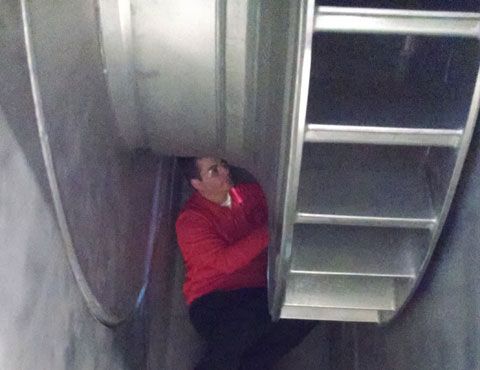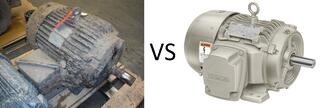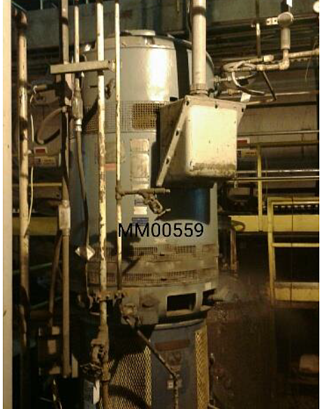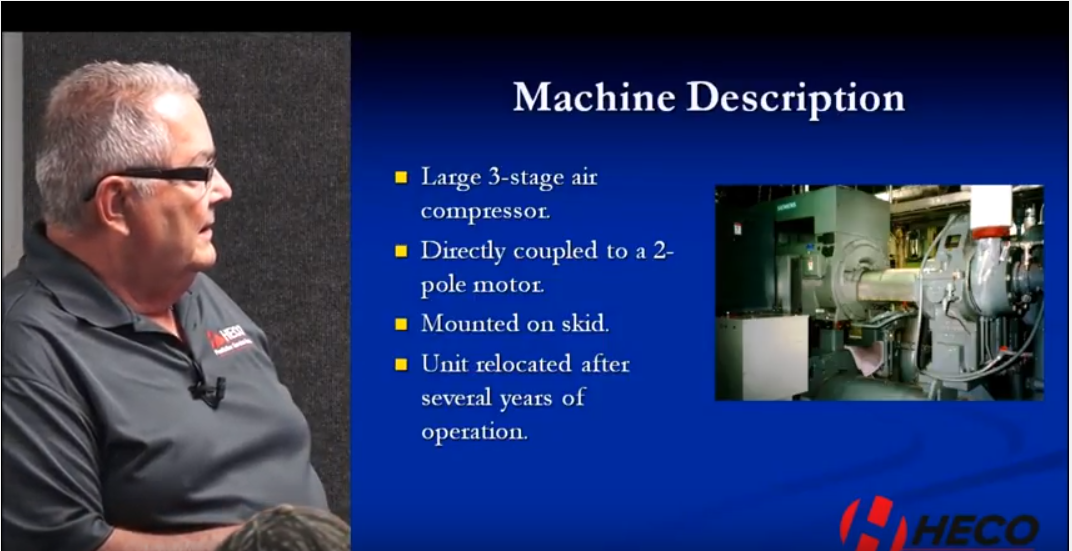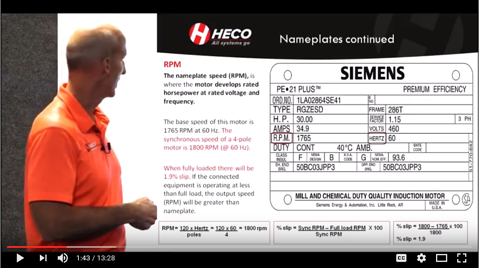
Inspection Time – How quickly should an electric motor be inspected?
January 24, 2018
How detailed do you want the inspection to be? A more detailed inspection can take time. Do we rush detectives to solve crimes or would we rather they spend a bit more time to make sure they get the right guy? The same applies to an electric motor inspection. You can rush an inspection and …



